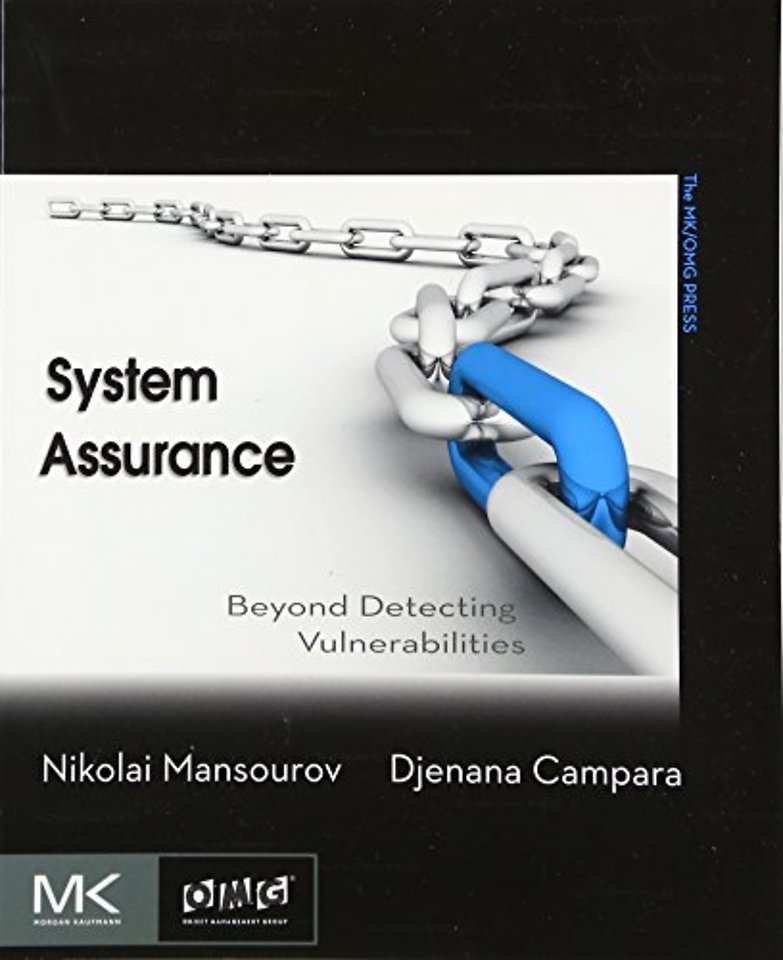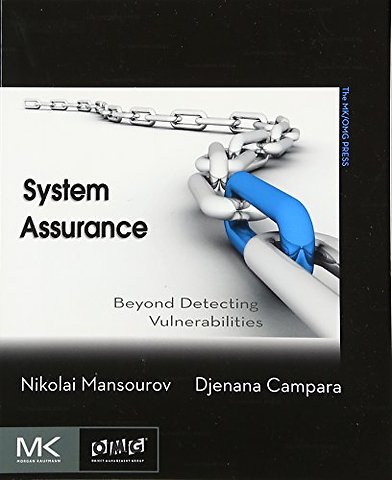System Assurance
Beyond Detecting Vulnerabilities
Paperback Engels 2010 9780123814142Samenvatting
System Assurance teaches students how to use Object Management Group’s (OMG) expertise and unique standards to obtain accurate knowledge about existing software and compose objective metrics for system assurance.
OMG’s Assurance Ecosystem provides a common framework for discovering, integrating, analyzing, and distributing facts about existing enterprise software. Its foundation is the standard protocol for exchanging system facts, defined as the OMG Knowledge Discovery Metamodel (KDM). In addition, the Semantics of Business Vocabularies and Business Rules (SBVR) defines a standard protocol for exchanging security policy rules and assurance patterns. Using these standards together, students will learn how to leverage the knowledge of the cybersecurity community and bring automation to protect systems.
This book includes an overview of OMG Software Assurance Ecosystem protocols that integrate risk, architecture, and code analysis guided by the assurance argument. A case study illustrates the steps of the System Assurance Methodology using automated tools.
This book is recommended for technologists from a broad range of software companies and related industries; security analysts, computer systems analysts, computer software engineers-systems software, computer software engineers- applications, computer and information systems managers, network systems and data communication analysts.
Specificaties
Lezersrecensies
Inhoudsopgave
Rubrieken
- advisering
- algemeen management
- coaching en trainen
- communicatie en media
- economie
- financieel management
- inkoop en logistiek
- internet en social media
- it-management / ict
- juridisch
- leiderschap
- marketing
- mens en maatschappij
- non-profit
- ondernemen
- organisatiekunde
- personal finance
- personeelsmanagement
- persoonlijke effectiviteit
- projectmanagement
- psychologie
- reclame en verkoop
- strategisch management
- verandermanagement
- werk en loopbaan

